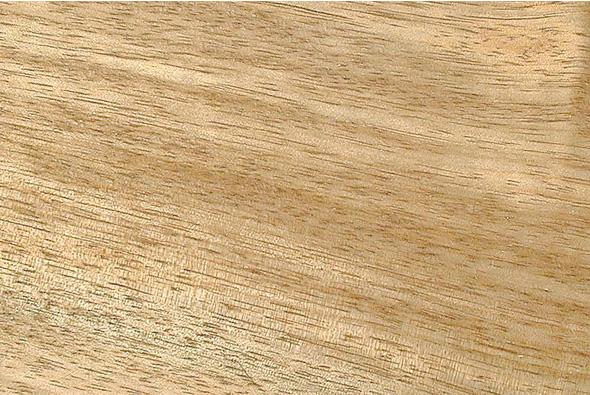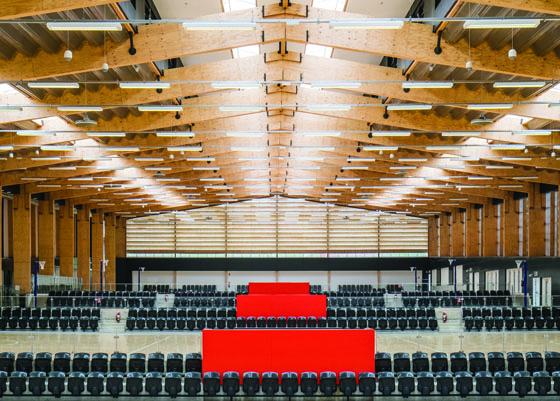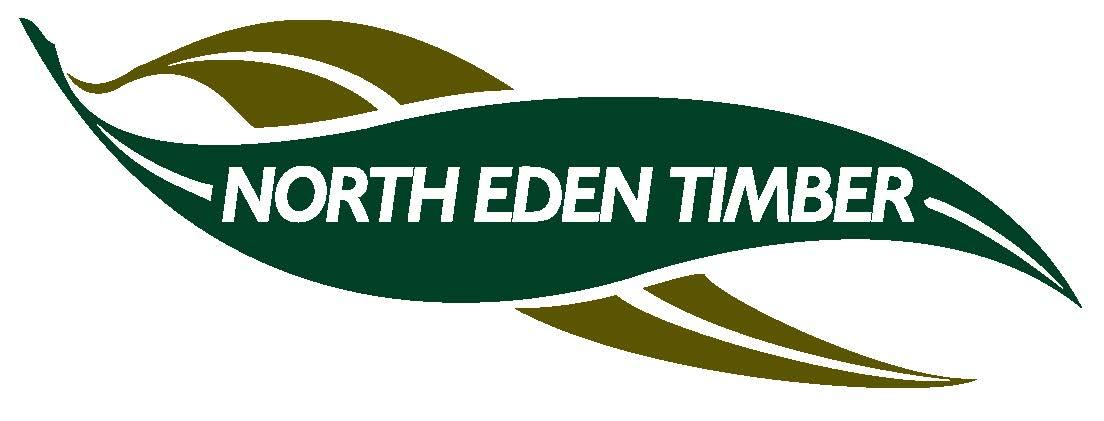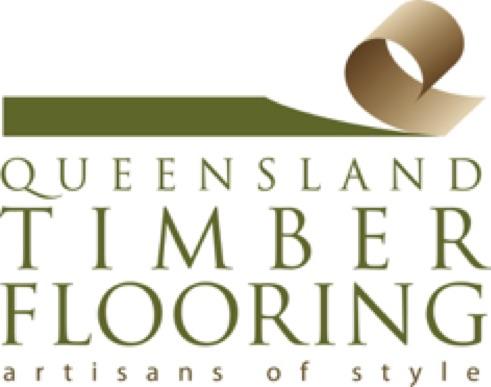Taun comprises several hardwood species occurring in various parts of South-East Asia and the Pacific. Taun lends itself to general building construction and decorative uses.
Malugai (Philippines), Kasai, Sibu (Sarawak, Sabah), Truong (Vietnam), Aia Fai, Mala, Ula, Ako Dawa (Solomon Islands), Tava (Western Samoa), Ahabu, Matoa (Papua New Guinea), Malugay, Akwa, Pometia Tomentose, Pometia Tomentosa, Pometia spp.
Pometia Pinnata
Taun comprises several members of the Pometia species occurring in low-lying coastal and riverine areas of Sri Lanka and South-East Asia, Papua New Guinea, the Solomon Islands and Samoa. Although the species can attain heights of up to 25 metres, an irregular bole and elliptical cross-section results in relatively short log lengths.
Taun heartwood varies in colour from pink to reddish-brown, darkening with age. Sapwood is a pale, pinkish buff, not always visually distinct from the true wood. The grain of taun timber is straight, with occasional interlocking, and of moderately coarse texture.
Taun is a moderately durable hardwood, with an above ground life expectancy of between 15 and 40 years. Its in-ground life expectancy is considerably shorter, at between five and 15 years. Taun sapwood is susceptible to lyctid borer attack and is very difficult to impregnate with preservative. Taun is not termite-resistant.
Uses of taun in construction include general house framing, cladding, fascia boards, internal flooring, and plywood. Taun's properties also lend themselves to decorative applications such as lining, paneling, joinery, cabinetwork, outdoor furniture, carving, turnery and veneers. It is also used for boat building and cooperage.
Shrinkage
| Very Low | Low | Medium | High | Very High | |
|---|---|---|---|---|---|
|
|
|
||||
|
Tangential :
|
6.80% | ||||
|
Radial :
|
3.80% | ||||
|
Unit Movement Tangential:
|
0.27% | ||||
|
Unit Movement Radial:
|
0.19% |
Strength Group
| Very High | High | Reasonably High | Medium High | Medium | Reasonably Low | Low | Very Low | |
|---|---|---|---|---|---|---|---|---|
| Unseasoned: | S1 | S2 | S3 | S4 | S5 | S6 | S7 | S8 |
|
|
||||||||
| Seasoned: | SD1 | SD2 | SD3 | SD4 | SD5 | SD6 | SD7 | SD8 |
|
|
Stress Grade
|
Structural No. 1 |
Structural No. 2 |
Structural No. 3 |
Structural No. 4 |
Structural No. 5 |
|
|---|---|---|---|---|---|
| Unseasoned: | F14 | F11 | F8 | F7 | F5 |
| Seasoned: | F22 | F17 | F14 | F11 | F8 |
Density per Standard
| Seasoned: | 700kg/m3 |
|---|---|
| Unseasoned: | kg/m3 |
Joint Group
| Very High | High | Reasonably High | Medium | Low | Very Low | |
|---|---|---|---|---|---|---|
| Unseasoned: | J1 | J2 | J3 | J4 | J5 | J6 |
|
|
||||||
| Seasoned: | JD1 | JD2 | JD3 | JD4 | JD5 | JD6 |
|
|
Colour
| White, yellow, pale straw to light brown | Pink to pink brown | Light to dark red | Brown, chocolate, mottled or streaky | |
|---|---|---|---|---|
|
|
|
|||
Mechanical Properties
|
Modulus of Rupture - Unseasoned:
|
66 |
|---|---|
|
Modulus of Rupture - Seasoned:
|
103 |
|
Modulus of Elasticity - Unseasoned:
|
12 |
|
Modulus of Elasticity - Seasoned:
|
15 |
|
Maximum Crushing Strength - Unseasoned:
|
33 |
|
Maximum Crushing Strength - Seasoned:
|
58 |
|
Impact - Unseasoned:
|
|
|
Impact - Seasoned:
|
|
|
Toughness - Unseasoned:
|
Low - up to 15 Nm |
|
Toughness - Seasoned:
|
Medium - 15 - 24 Nm |
|
Hardness - Unseasoned:
|
4.3 |
|
Hardness - Seasoned:
|
6.7 |
Durability
| Low | Moderate | Reasonably High | High | |
|---|---|---|---|---|
| (0 - 5 yrs) | (5 - 15 yrs) | (15 - 25 yrs) | (more than 25 yrs) | |
|
In-Ground:
|
|
|||
| (0 - 7 yrs) | (7 - 15 yrs) | (15 - 40 yrs) | (More than 40 yrs) | |
|
Above ground:
|
|
|||
| (0 - 20 yrs, usually < 5) | (21 - 40 yrs) | (41 - 64 yrs) | (More than 60 yrs) | |
|
Marine Borer Resistance:
|
|
|
Lyctid Borer Susceptibility:
|
Susceptible |
|---|---|
| Lyctid Borer Susceptibility - Other: | |
|
Termite Resistance:
|
Not Resistant |
Fire Properties
| 1 - non-combustible | 2 - reasonably non-combustible | 3 - slightly combustible | 4 - combustible | |
|
Fire Properties Group Number: |
|
| Group Number - Other: | 3 if used on MDF or particleboard ≥12mm; veneer thickness 0.6-0.85mm |
|---|---|
|
Average Specific Extinction Area:
|
<250 |
|
Bushfire Resistance:
|
BAL 12.5 and 19 – Door and window joinery only |
Taun heartwood varies in colour from pink to red-brown, darkening with age. Sapwood is a pale, pinkish buff, and not always visually distinct from the true wood. The grain of this timber is straight, occasionally interlocked and of moderately coarse texture.
Uses of taun in construction include general house framing, cladding, fascia boards, internal flooring, and plywood. Taun's properties lend themselves to decorative applications such as lining, paneling, joinery, cabinetwork, outdoor furniture, carving, turnery and veneers. It is also used for boat building and cooperage.
Asia
NSW




